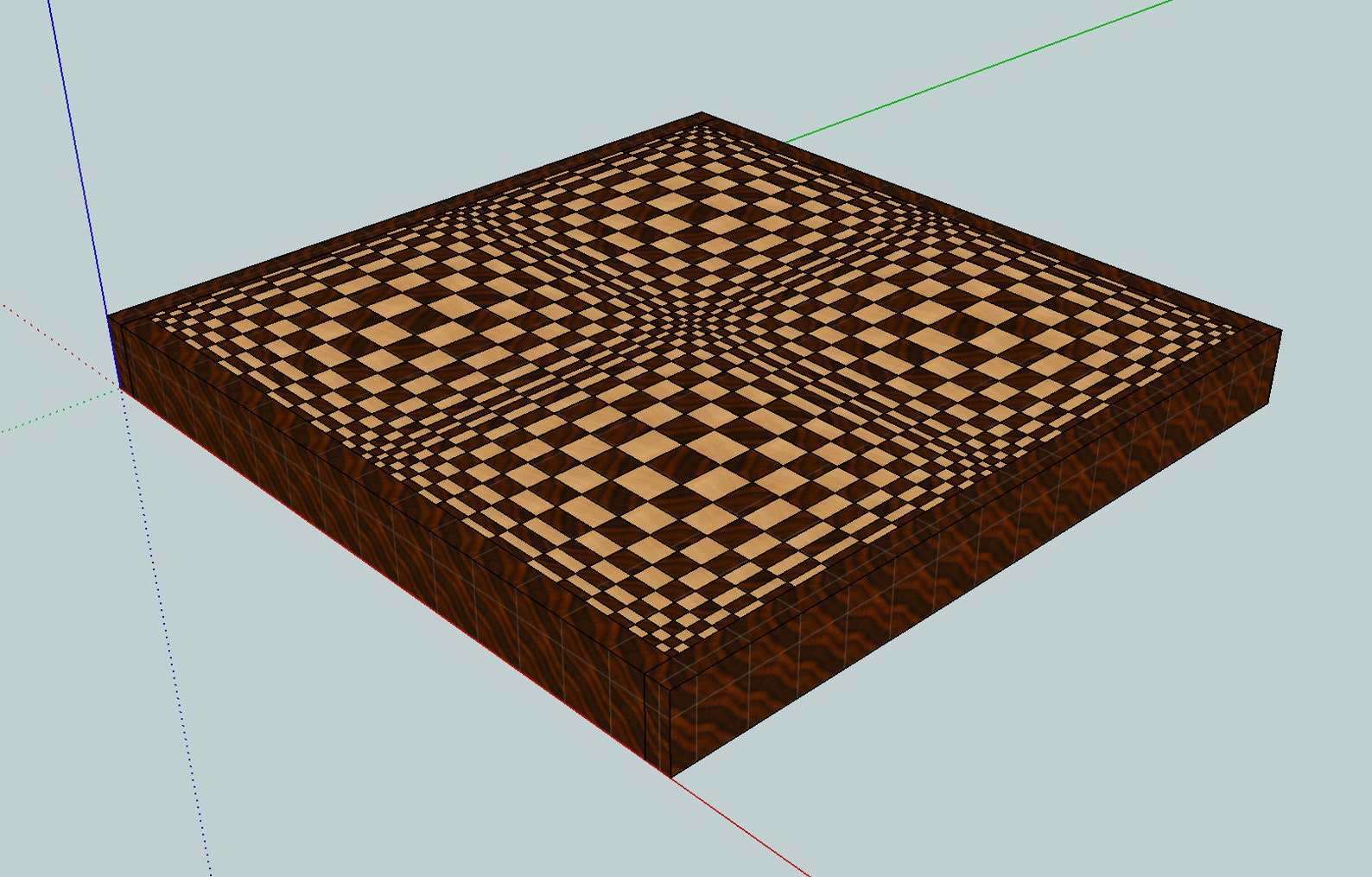

I gather all the material into a pile and start with the thickest piece first, I run them all through the planer, then dial it down and take a bit more off, again sending each piece through the planer. Tip: The only way to ensure all the pieces are the same thickness is to plane them all at the same time. First and foremost it makes the new planed surface parallel to the previously jointed face (be sure you have the jointed face down in planer) and it also smooths the surface that was likely rough from the re-sawing during the rough cutting. Step 3 – Planing The Woodīefore you rip the strips of wood you’ll need to plane the material. Trust me things can/do go wrong and having an extra piece can be a real big help. The material should be longer and wider than you’ll need. TIP: BE SURE you prepare plenty of extra material. You’ll need to process all three materials in this manner. Often times it will take several passes in order to get good edges (this is why you need to leave extra material when rough sizing). This allows us to rip the strips so they have parallel edges. The jointer will give us a straight edge square to a flat face. Before you cut down the rough sized lumber you need to get a true edge and face. This is probably very basic for some of you, however, for beginners this step is worth mentioning. I like to leave at least 1/8″ to 3/16″ of inch extra so I have plenty of wiggle room. When you rough size the material be sure to leave extra for planing and finishing. The material I used for the board was cut down from 8/4 material so I used my bandsaw to split the boards in half and make them thinner. This can be down with a table saw and/or bandsaw. The first step in building the basket weave cutting board is cutting material down to a rough size. In order to accomplish that you really need to take your time and use the proper tools in the proper sequence. So have fun reading my instructable, try to make your own cutting board and stay safe.The key to successfully building a basket weave cutting board is making sure that you have very precise cuts so the “puzzle” fits together with perfect joints. For the C parts I used white oak but the best would be maple.

A dark wood (I used Iroko) for the (A, F and E) pieces, A lighter (beech) for (B, D, G) and an even lighter wood for C. You will need three different species of wood. It is the first one I have ever made and the next one will be even better and of course bigger! So I have decided to make a cutting board with a pattern on it ,it was just an experiment really, I just wanted to see if I could make it and the truth is I am really happy with the way it turned out. We all have a cutting board at home, some people prefer the plastic ones others the wooden ones and some people like me prefer the wooden ones but with a 3d pattern on them not because the work better than all the others but because they also look cool!


 0 kommentar(er)
0 kommentar(er)
